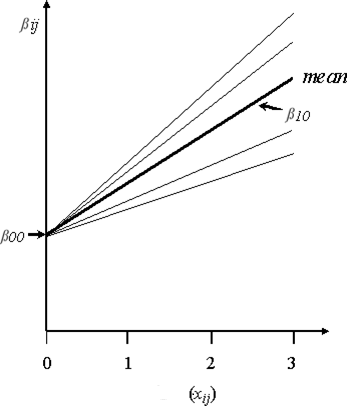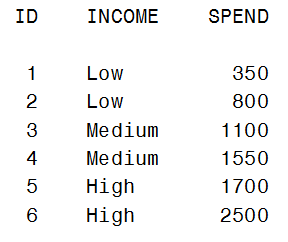When you read survey findings, such as these: More people use blue toothbrushes than red ones. Paranormal experts say people reach the peak of their ability to see ghosts when they're 7 years old. Chocolate manufacturers use 40 percent of the world's almonds. Forty percent of American adults cannot fill
Author

I recently received this interesting question regarding Multilevel Models after one of my last blog posts: Question: Can you tell me when a multilevel-model is not appropriate? I have data that by design is clustered but the random intercept in the null model is not significant. I have seen advice

In the previous blog on CLASS variables, we developed the idea of creating design variables and examined GLM and reference coding. Another coding scheme, known as ‘Effect Coding’ or ‘Deviation from the Mean Coding’ is also commonly used. Consider our previous scenario of modeling the average amount spent on a

In the previous blog on CLASS variables, we developed the idea of creating design variables and examined GLM and reference coding. Consider our previous scenario of modeling the average amount spent on a credit card (SPEND) as a function of the variable INCOME (which has three levels: Low, Medium, and High).

While many analysts understand how to interpret the parameter estimates from linear regression with continuous input variables, they may feel less comfortable with parameter estimates from models with categorical inputs. SAS modeling procedures (such as PROC REG and others) need numerical information to represent all inputs—including classification variables. Suppose we

Multilevel models (also called hierarchical linear models) are used to analyze clustered or grouped data, as well as longitudinal or repeated measures data. Consider the simple scenario shown below, where Y is continuous and is shown as a function of a continuous predictor variable, X (which has been standardized). If
If you have data where the observations are not independent due to nesting or clustering, you may need a multilevel model. Another scenario that would require a multilevel model is if you have data where observations have been gathered multiple times on the same subject (a.k.a., longitudinal data or repeated

FINALLY…the simplest ESTIMATE statements to write are for continuous variables not involved in interactions or higher order terms. Consider a data set containing the 2004 SAT scores for each of the 50 states. The file includes the combined math and verbal SAT scores (TOTAL), the state (STATE) and the percent

My previous blog demonstrated the most difficult type of ESTIMATE statement to write—a two-way (or higher) ANOVA with interactions. An "easy button" for ESTIMATE statement comes by having a simpler model. Models with only main effects and no interactions make writing ESTIMATE statements straightforward. Consider first a one-way ANOVA. A

When asked to select the best (or worst) of something in a business setting, do you wish you had "magic glasses" to see the answer? PROC GLM and other statistical modeling procedures have their own versions of such an item with their ESTIMATE (and CONTRAST) statements. They allow you to

